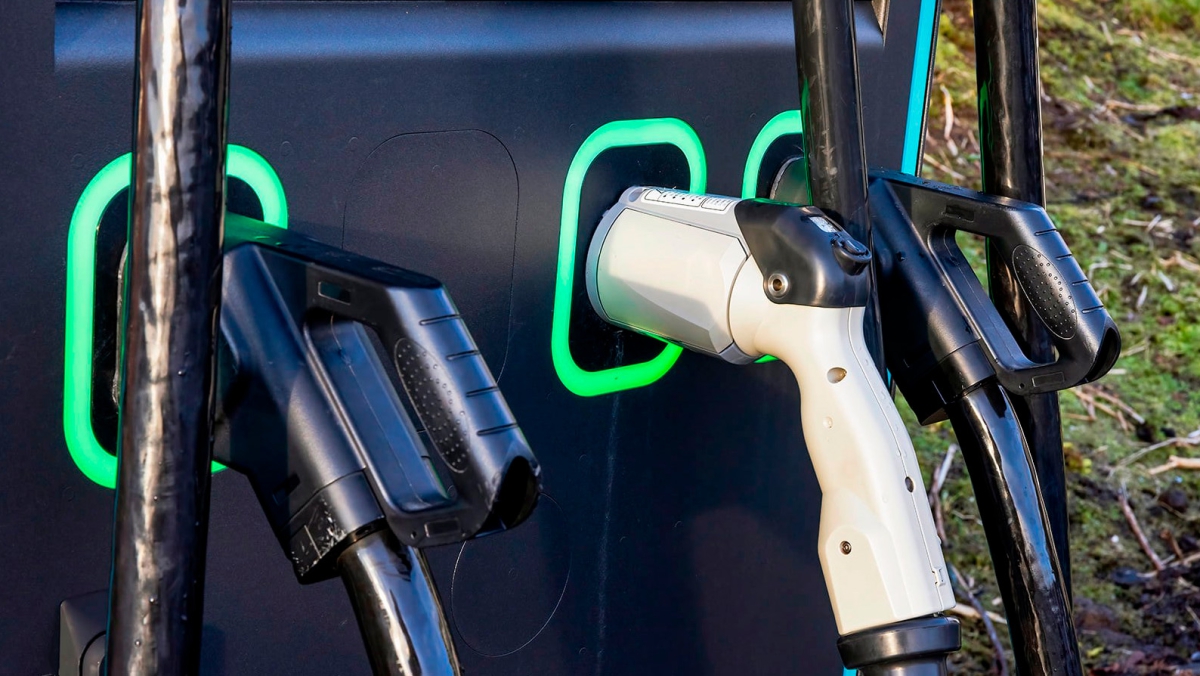Consumer price index
15. Jul 2022
Average consumer prices up 7.3% from a year ago

As in recent reports, a price hike in fuel oil is the key factor in the Consumer Price Index (CPI) increase. Prices have now also increased significantly in other commodity groups such as ‘Restaurants and hotels’, ‘Communication’ and ‘clothing and footwear’.
The CPI consists of 12 main categories of goods and services. The effect that each category has on the overall price index is weighted according to consumption levels.
Prices of ‘food and non-alcoholic beverages’, which is the largest commodity group in the weighting system, increased by 6.2%.
[px-graph-1]
Big spike in fuel prices
’Housing, electricity and heating’ is the second-largest group. A 21% price increase in this group is the main reason for the overall CPI increase. The price of liquid fuels saw a 29% increase in the past quarter and a full 68% in the past year.
[px-graph-2]
Along with heating oil, fuel for vehicles represents a relatively large portion of the total consumption of the average Faroese household. The annual price increase of fuel for vehicles in the Faroes is roughly the same as in EU nations. However, as the graph below indicates, Faroese fuel prices have seen a relatively higher increase than the EU average.
[px-graph-3]
Price hikes in other goods and services
Hotel prices have also increased significantly. Following a major price dip caused by decreased demand during the Covid-19 pandemic, prices rose by 47% from Q2 2021 to Q2 2022. However, hotel prices have a relatively modest impact on the CPI.
[px-graph-5]
Although food prices rose significantly in Q2, this increase is below the total CPI increase. We have not seen a bigger price hike from one quarter to the next since before the financial crisis.
[px-graph-6]
Inflation rate at the lower end in Europe
Inflation rates slowed down at the start of the pandemic in 2020, but they started accelerating in most countries in 2021. Since Russia’s invasion of Ukraine, inflation has reached record highs in the Faroes and elsewhere in Europe. We have not seen this level of annual inflation rate increases since before the financial crisis 14 years ago.
The Faroese annual inflation rate of 7.3% is at about the same level as in the other Nordic countries, though slightly lower.
[px-graph-4]
In May, Denmark recorded an annual inflation rate of 7.4%, Norway 7.5%, Finland and Iceland 7.6% and Sweden 7.7%. The HICP index (the Harmonised Indices of Consumer Prices) for the EU countries is 7.8%.